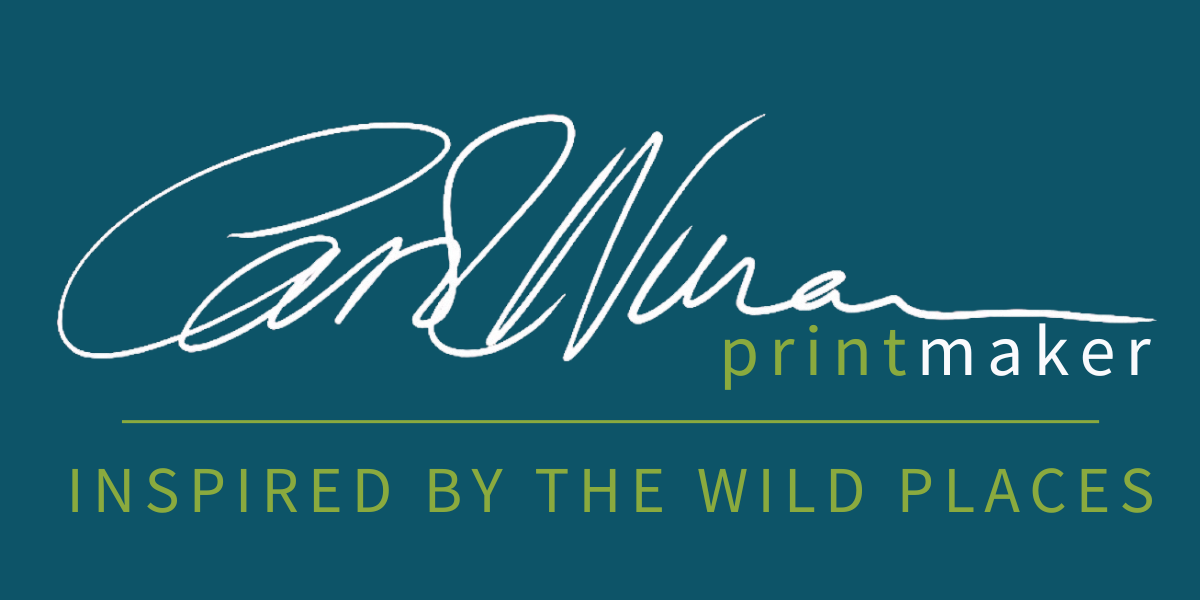3 Steps - Making My Gift Collections Eco-friendly And Sustainable
I want to make sure my products don’t harm the environment.
At home, we avoid plastic-wrapped items and buy fruit and vegetables from a local greengrocer.
I buy some food loose wherever possible, so I only take what I need in paper packaging. I also refill containers for cleaning products, shampoo, and soap. This has made me more aware of the waste caused by packaging and encouraged me to look for ways to cut down on single-use plastics in my products.
Step 1 - Starting with Greeting Cards
I have stopped using polypropylene envelopes for my greeting cards.
This year, I decided to sell them without plastic packaging, and most of my retail customers liked this change. I switched to recycled envelopes and ensured the card stock came from sustainable sources. I worried the cards and envelopes might get separated in stores. My card supplier came up with the solution of a sticker to hold them together. My other major concern was that stock would be damaged leading to waste, but that hasn’t been an issue. There were a few early problems with the sticker sometimes peeling off the back of the card, but my supplier found a fix by adding a small sticker footprint on the card’s back.
Sticker tab to hold the card and envelope together
Step 2
I supply The National Trust, which no longer accepts single-use plastic as of 2022.
I'm now focusing on mini print box framed prints and open edition prints. The mini prints are currently packaged in a recycled bubble wrap envelope, but I need to change this. My first step was to talk to the supplier, who knows the problem but hasn't found a solution yet. I'm planning to replace plastic with paper bubble wrap. I'm also looking for ways to deal with the leftover bubble wrap envelopes and am communicating with my local council for possible options.
Step 3
The biggest challenge is finding a way to replace single-use plastic wrapping for my prints.
It keeps them safe in stores and during shipping. However, thinking differently about this issue can lead to new opportunities.
I'm looking for the right sized paper or card envelope. It’s not practical to have them custom made. I might need to reduce the mount size so that my prints can fit in standard IKEA frames. This way, customers can frame their prints affordably.
We are still collaborating with The National Trust to determine the best way to display the prints. I may not be able to remove the cello wrap entirely, but using compostable or biodegradable cello wrap isn’t a true solution. It relies on industrial composting facilities in your area. It won’t break down in a typical home compost heap, if you have one, and will end up in landfill. I need to find a solution soon.
Could they be displayed in IKEA frames in store?
How do I protect these prints without cellophane?




